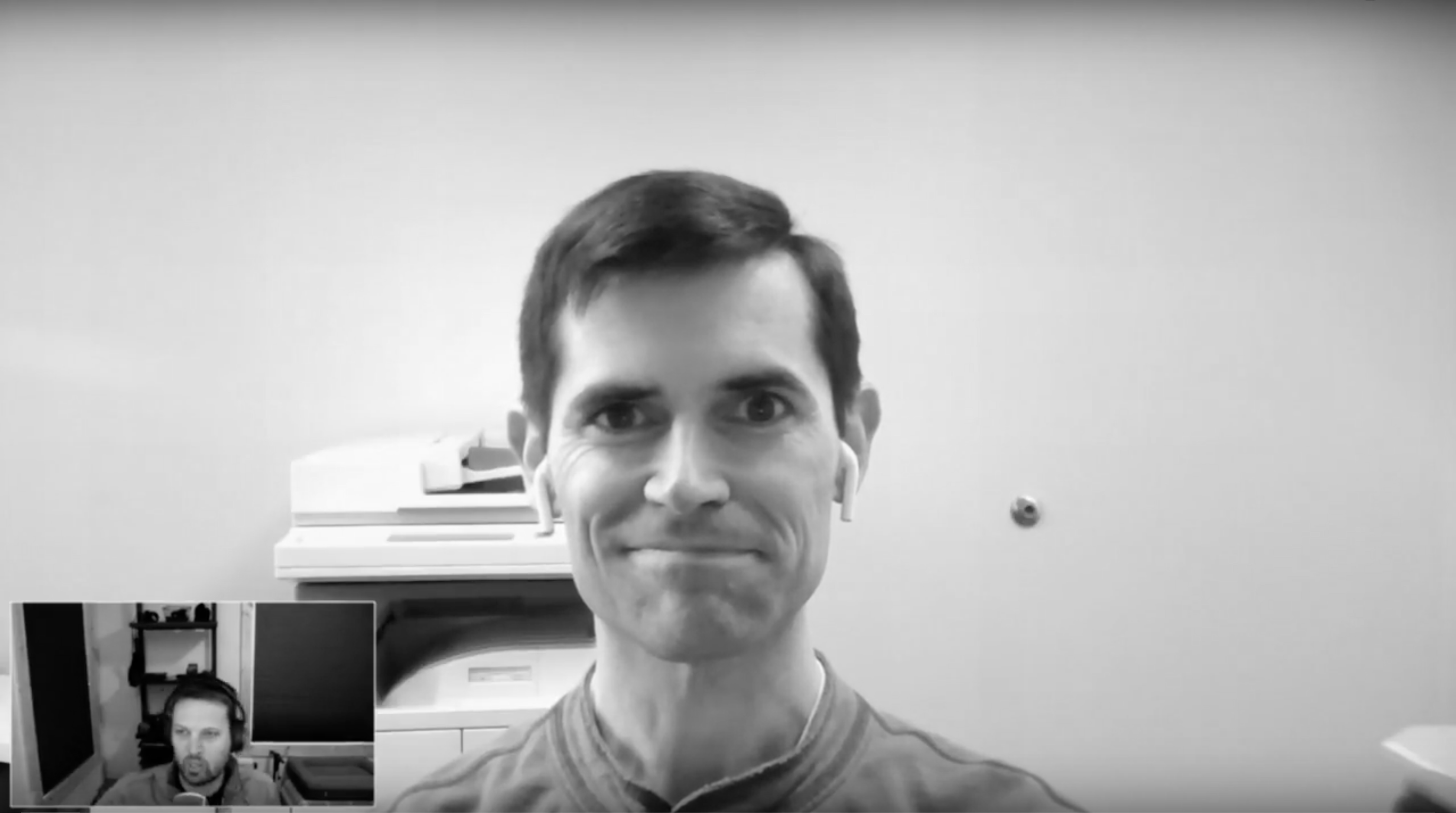#development
Chapters and interviews tagged with ‘#development’
Related Book Chapters & Interviews
 Interview № 23 of 24
Mathias Meyer
Interview № 23 of 24
Mathias Meyer
Mathias is one of the original founders of Travis CI. In this episode, we talk about the difficulty of leaving the company he helped start, and the challenges of moving on.
 Interview № 22 of 24
Jaimee Newberry
Interview № 22 of 24
Jaimee Newberry
Jaimee Newberry is the founder of Picture This Clothing where you can print a coloring sheet and design a one-of-a-kind ready-to-wear creation that they send to you. In this epsode we talk about making hard decisions and creating space in your life for ideas to take hold and give you time to work on them.
 Interview № 21 of 24
Steve McLeod
Interview № 21 of 24
Steve McLeod
Steve McLeod is the founder of Feature Upvote, a SaaS tool to enable your customers to suggest and upvote improvements. In this episode, we talk about and compare his experiences running both a B2C app and B2B app and the value of having a part-time system administrator on retainer.
Premature optimization can often be a waste of time and money, but underinvesting in infrastructure can be just as costly. Find the right balance between making progress and unnecessarily holding back growth.
If you’ve never been responsible for the full stack of a web application development process, it can be overwhelming. Be sure to spend some time becoming familiar with all phases of the development and release management process.
On the one hand, you need to explore multiple ideas to gain the knowledge of what will and won’t work; but at some point, you’ll need to focus exclusively on the one idea you really believe in.
As you get started, you’re going to run into problems and challenges you either didn’t anticipate or severely underestimated. With SaaS, there’s a handful of seemingly simple things that might catch you off guard.
No app is an island. Integrations will become a central piece of your development strategy, but it’s difficult to build them all. At first, it’s best to focus on only a few key integrations, and spend the majority of your integration time building an API and webhooks.
As a small business, agility is a key strength. Your ability to quickly gather and act on customer feedback is a central advantage. Investing in tools and processes to help you iterate quickly and safely is always a good investment.
You’re inevitably going to face new tasks that require new skills. Being in a constant state of learning can be overwhelming and distracting. Do your best to stay focused and take it one skill at a time.
You’re going to be overwhelmed with new work to do, but ignoring maintenance will take you to a bad place. Security updates, bug fixes, and recurring support requests will drown you in wasted time if you let them slide for too long.
Launch day is really just the beginning of your journey, and once you launch, nothing is more important than getting back to work. Talk to customers, get feedback, and continue improving.
Once things get rolling, prioritization will haunt you. How do you know you’re working on the right thing when you have endless choices? Development? Design? Writing? Research? Support? Help documents? Marketing? Refactoring? Performance? Security? It’s difficult, so you absolutely need a framework to help you make the right decisions.
With software, quality is priceless. If a specific feature is worth building, it’s worth building right. Cautiously consider every new feature, but once you commit, go all the way and build it right.
If you let code quality slide, you’ll eventually face a decision between refactoring and rebuilding a portion of your application. Treat rebuilding as a last resort, and make sure you have good, measurable reasons for taking that route.
Security is an ongoing and ever-changing challenge. There are experts who dedicate their lives to security, so how can you possibly keep your app secure? Use tools and automation as your first line of defense, and enlist experts once you can afford them.
When you’re getting started, one of the best ways to save time is by using the tools you know. It’s important to maintain a modern tool set, but the latest shiny tools are no substitute for the ability to iterate and ship quickly.
Your business will depend on vendors. Try not to become entirely dependent on a vendor. But if you absolutely must be dependent, make sure you choose carefully.
 Interview № 20 of 24
Ben Curtis
Interview № 20 of 24
Ben Curtis
Ben and his co-founders started Honeybadger after a bad experience with an existing exception tracking tool. With a focus on customer service, they’ve successfully bootstrapped it into a healthy and sustainable full-time endeavor.
 Interview № 17 of 24
Rachel Andrew
Interview № 17 of 24
Rachel Andrew
Rachel and I talk about what it’s like supporting self-hosted software, juggling a busy travel schedule to make time for work. She’s been working on Perch with her husband Drew for eight years, and they’re still going strong.
 Be Fully-prepared to Launch Your Own SaaS Application
Be Fully-prepared to Launch Your Own SaaS Application
Get a free playbook, worksheet, and short email course to help you navigate the journey so you can be ready to build your own SaaS application.